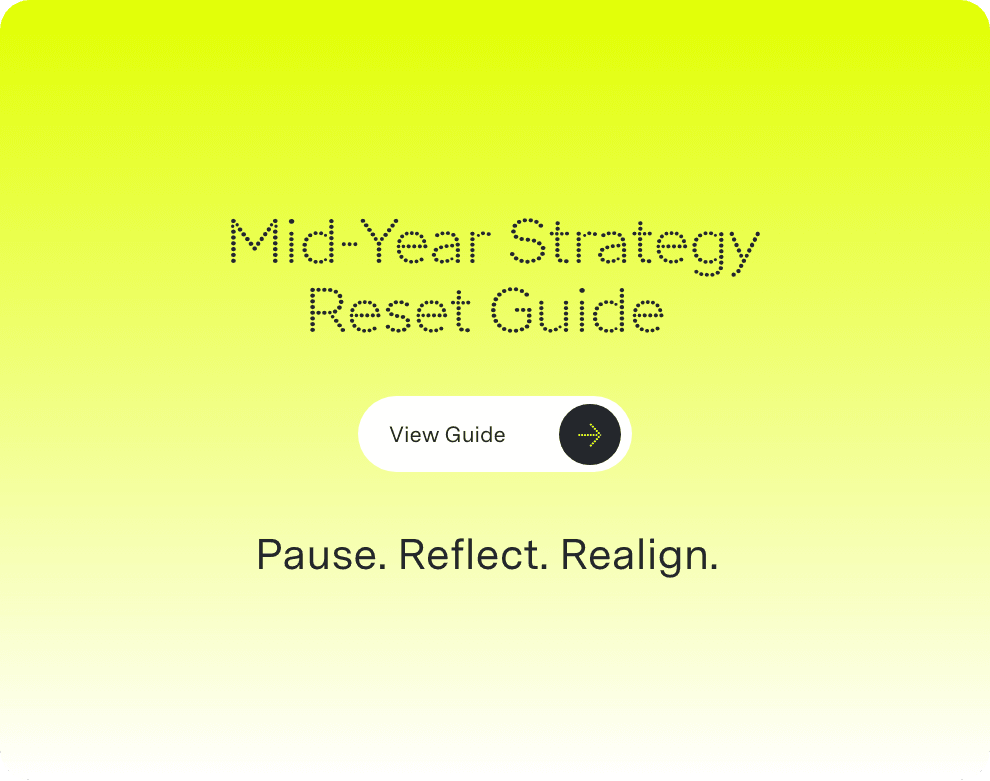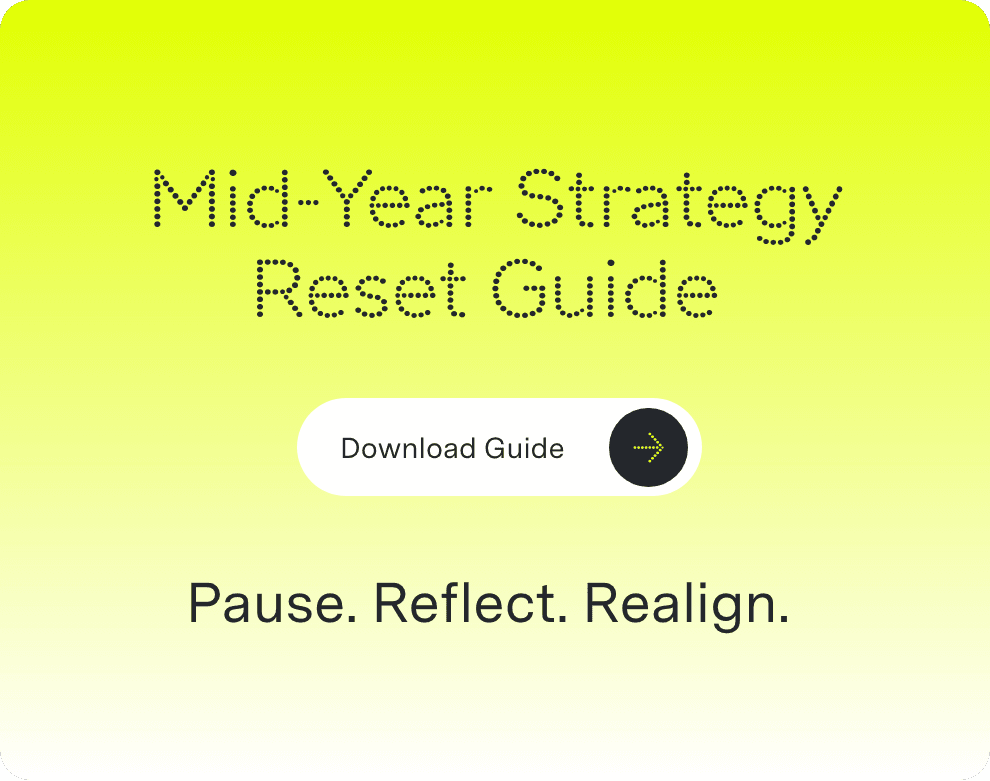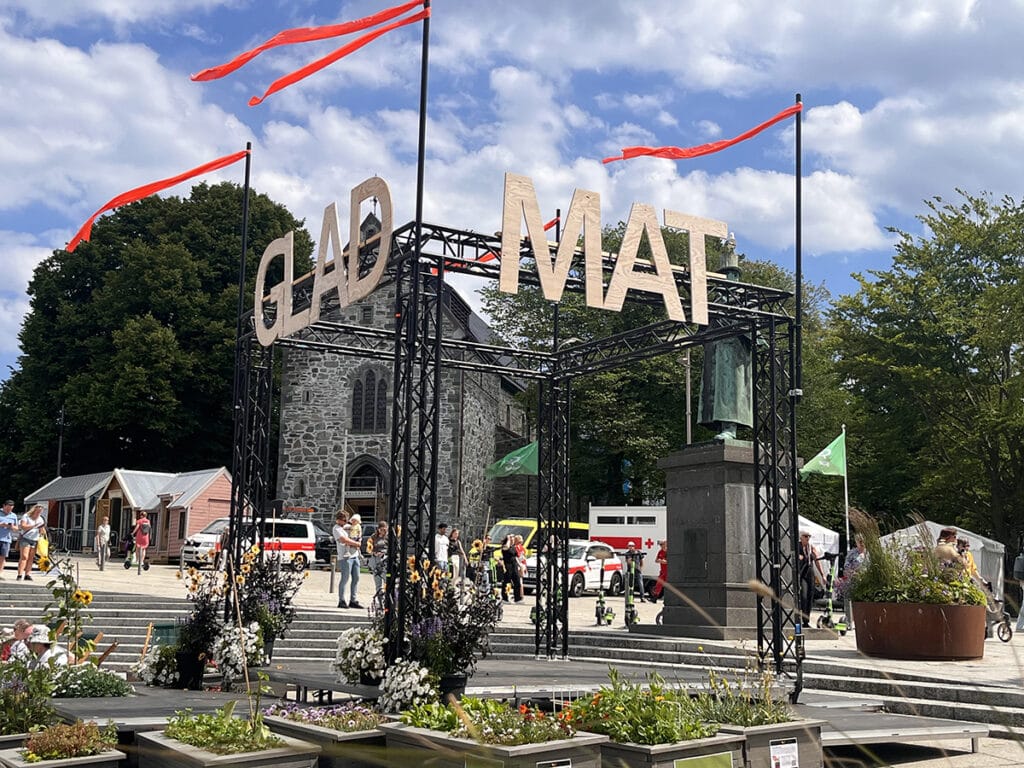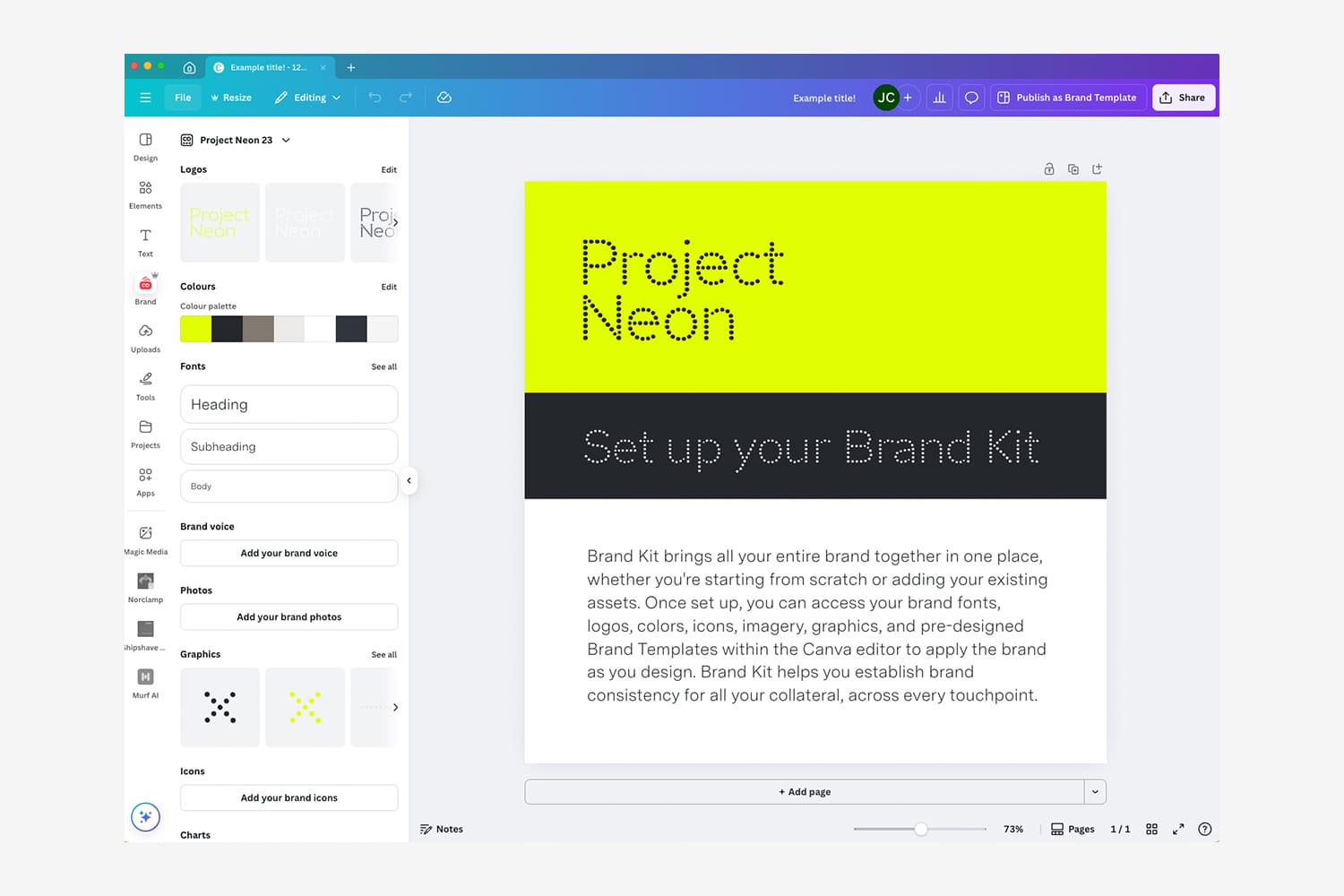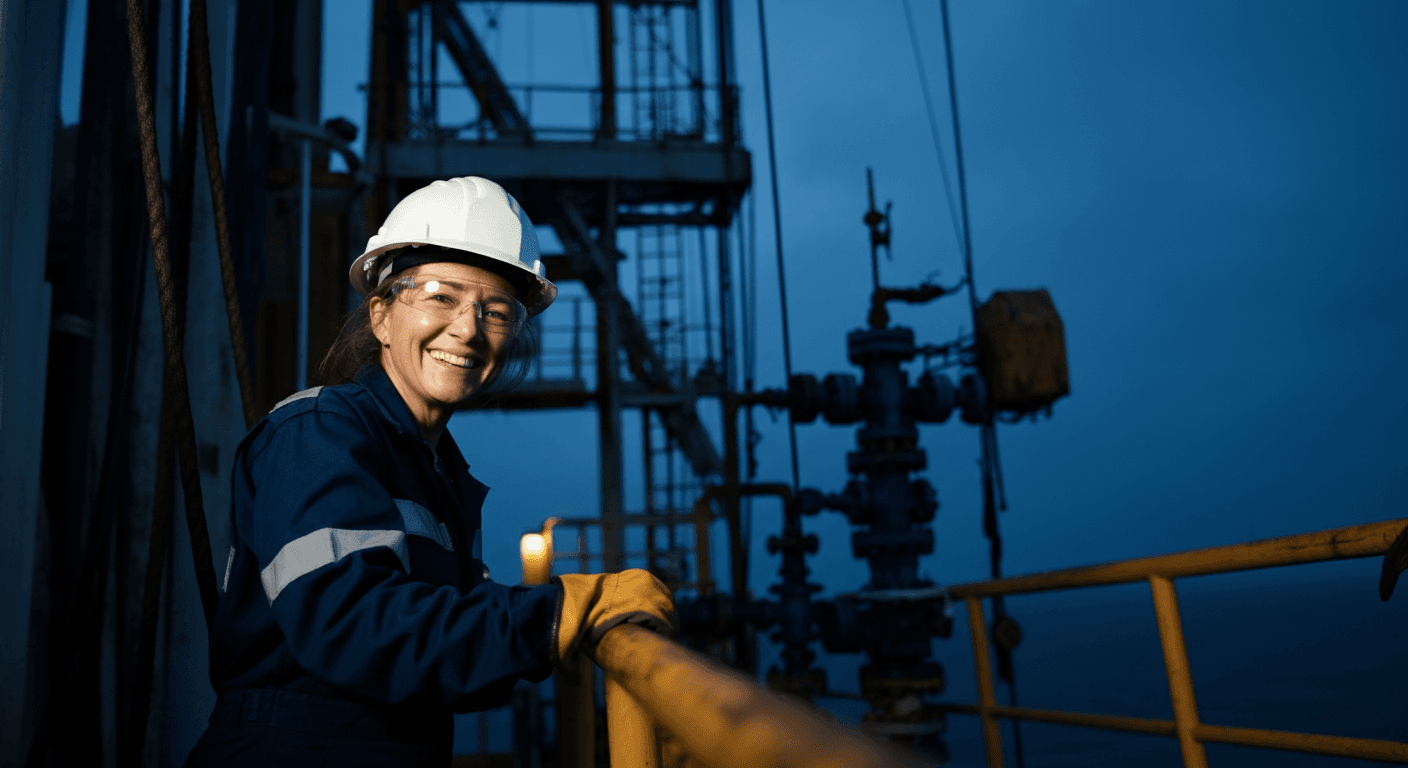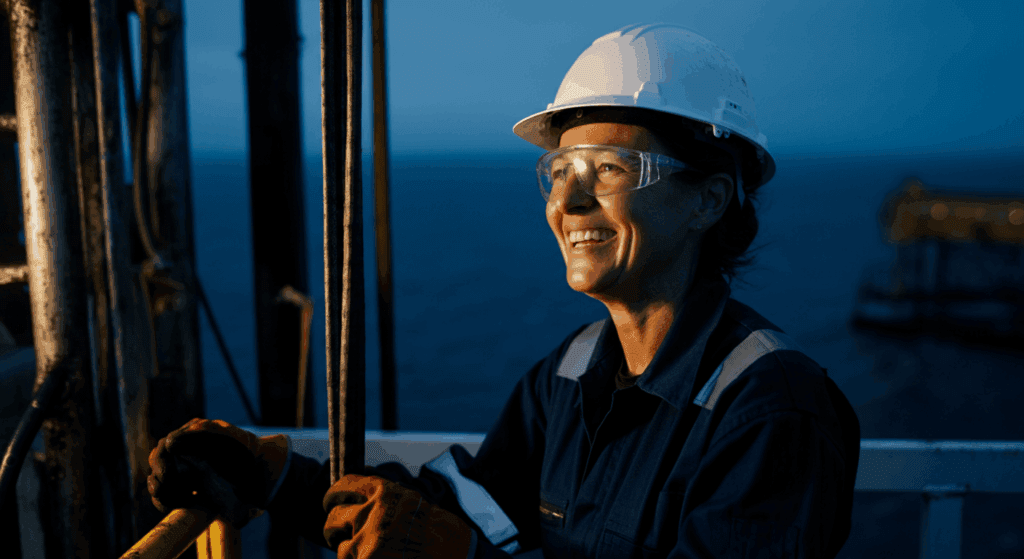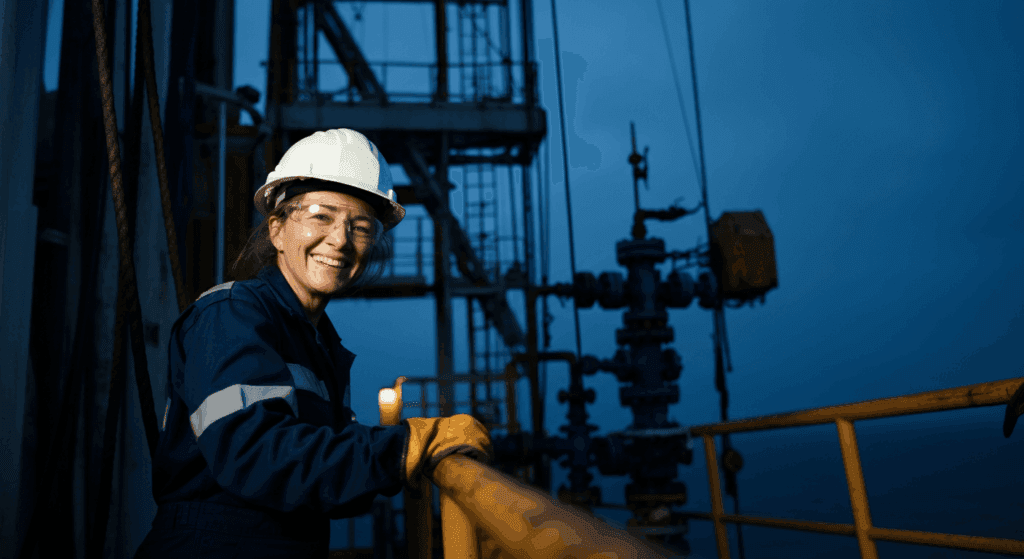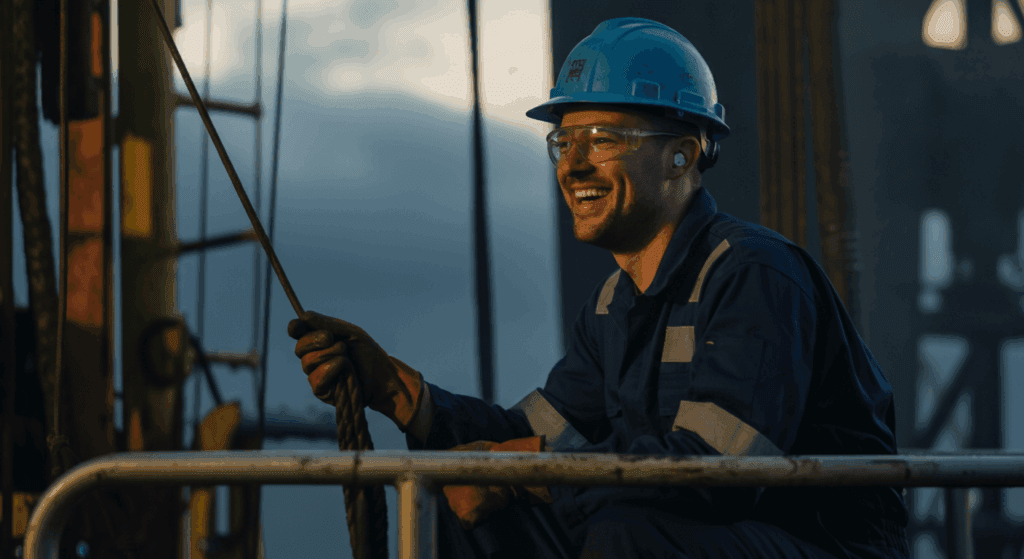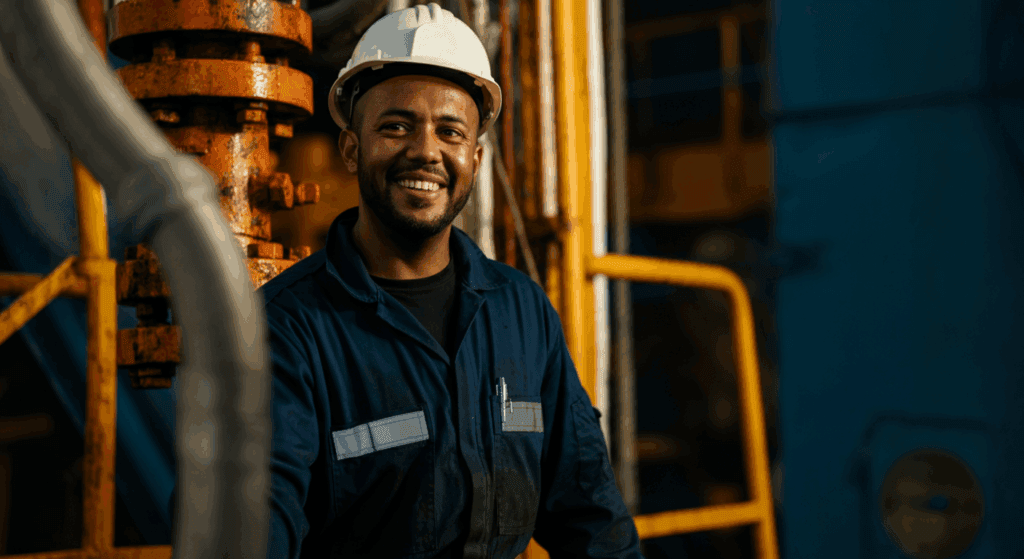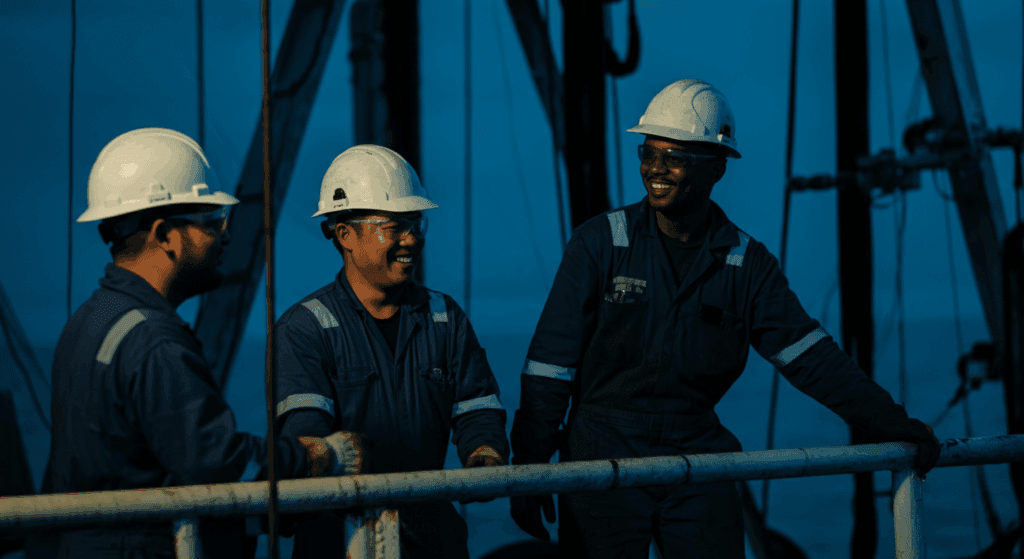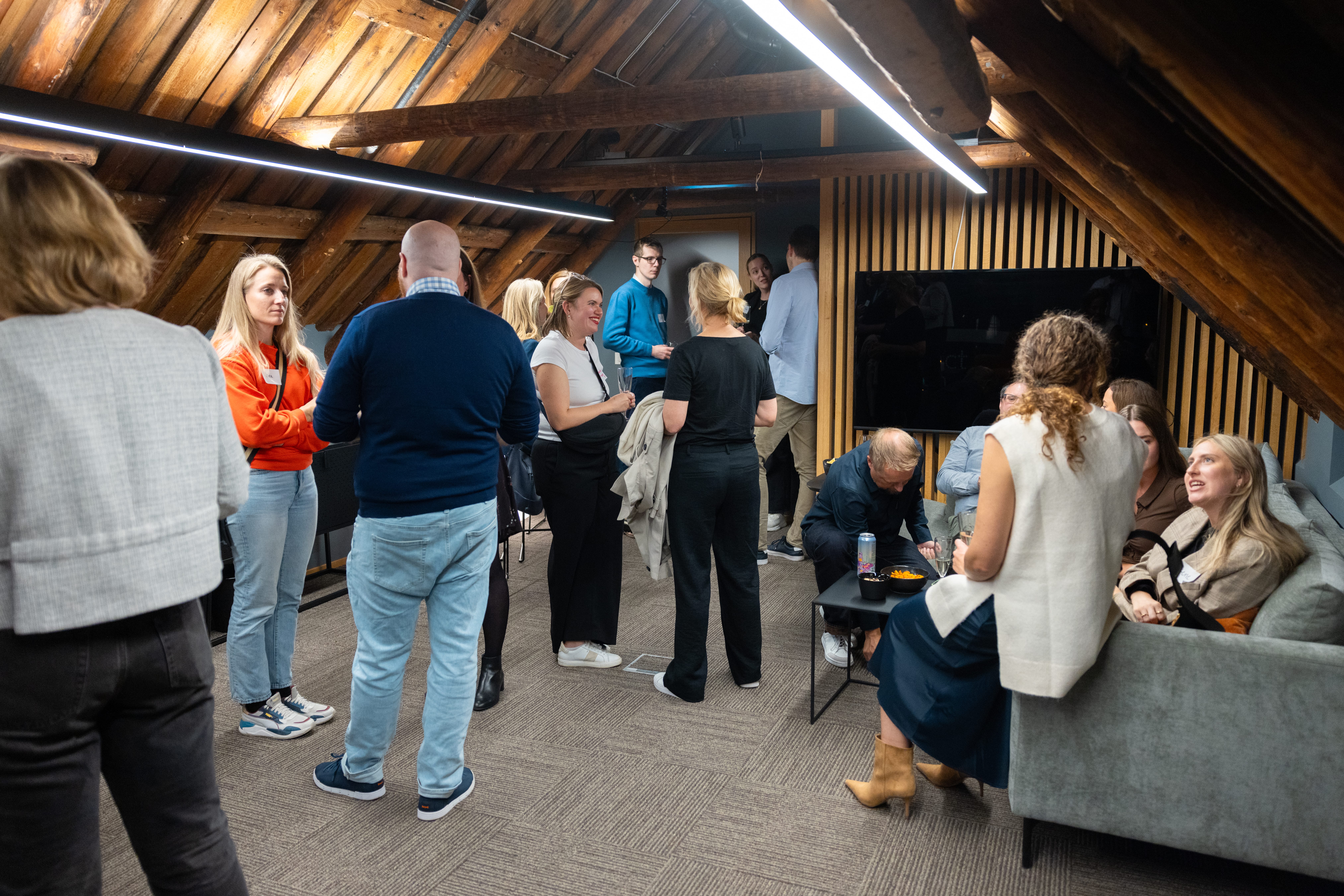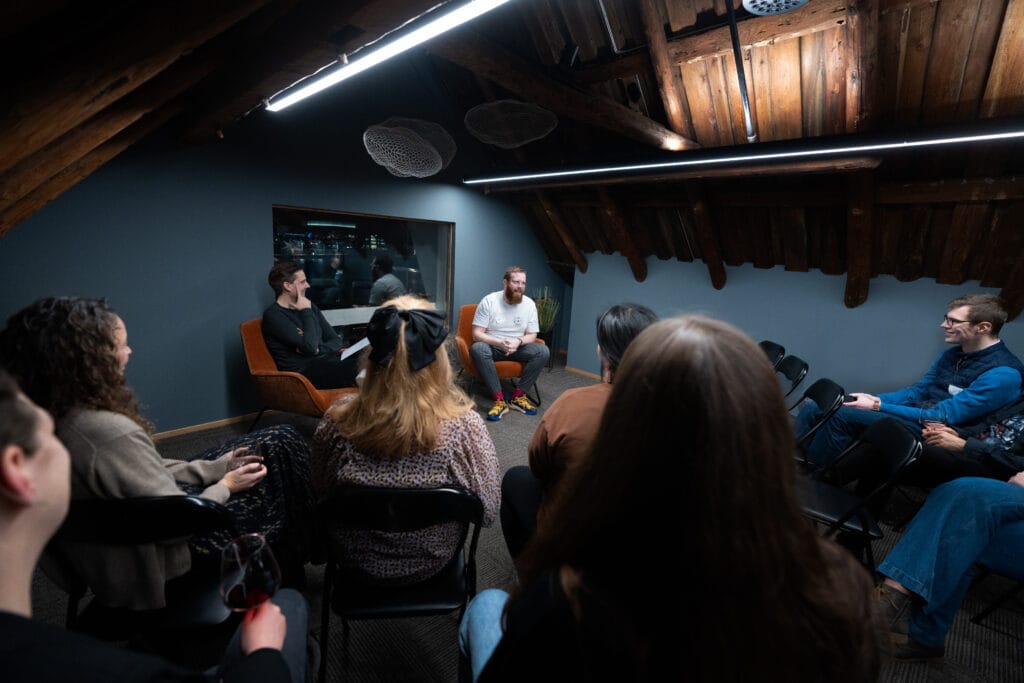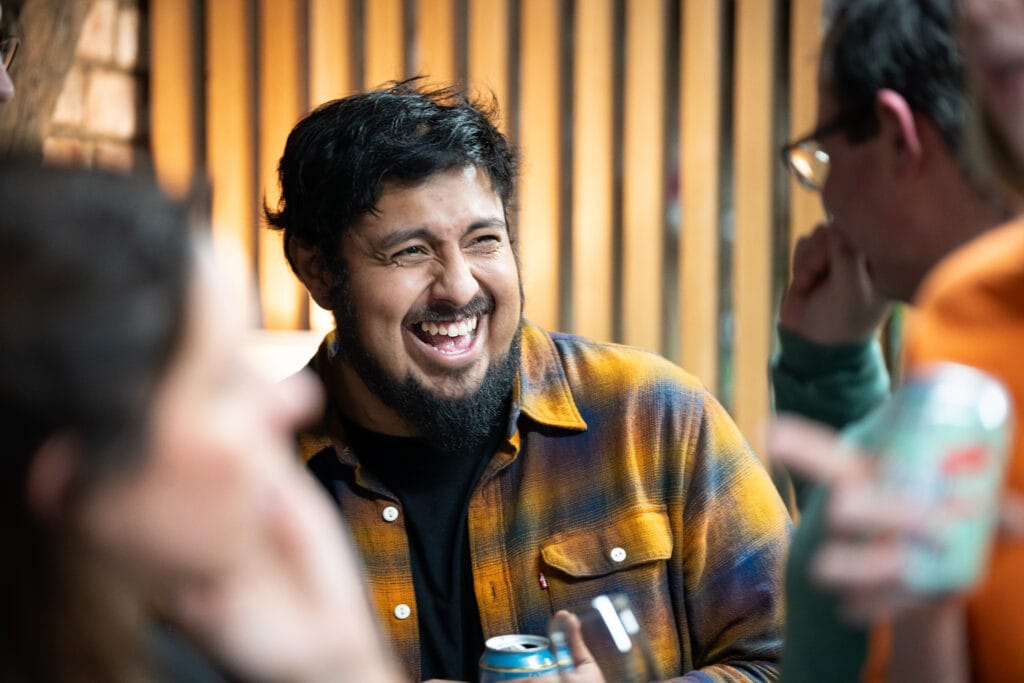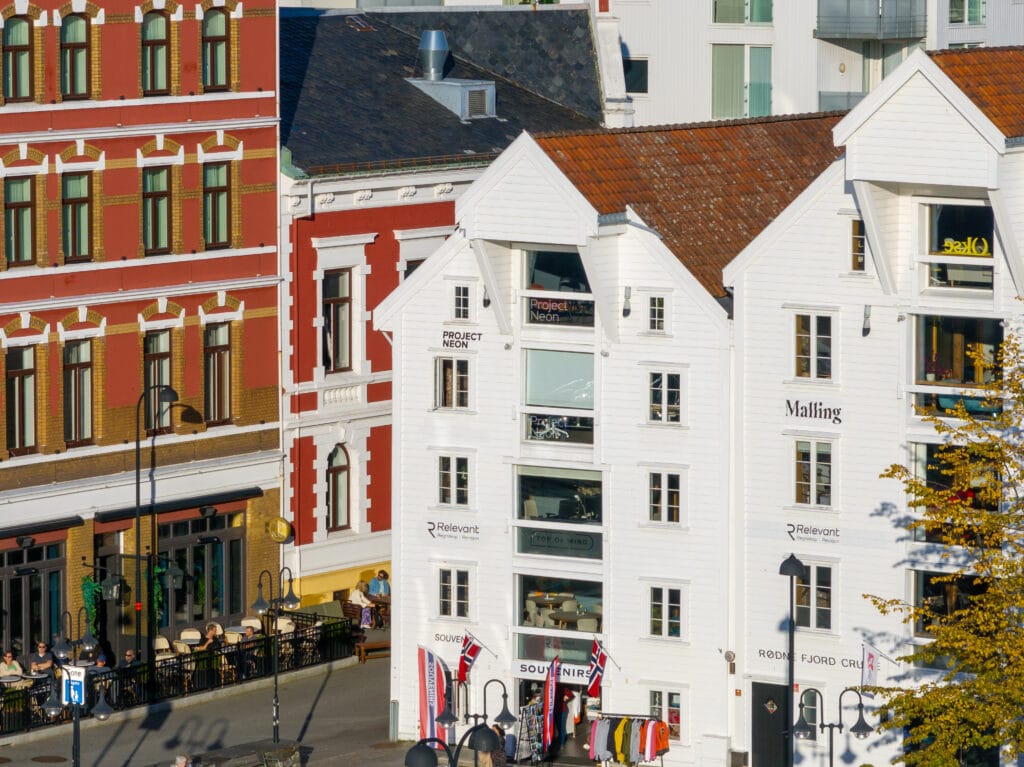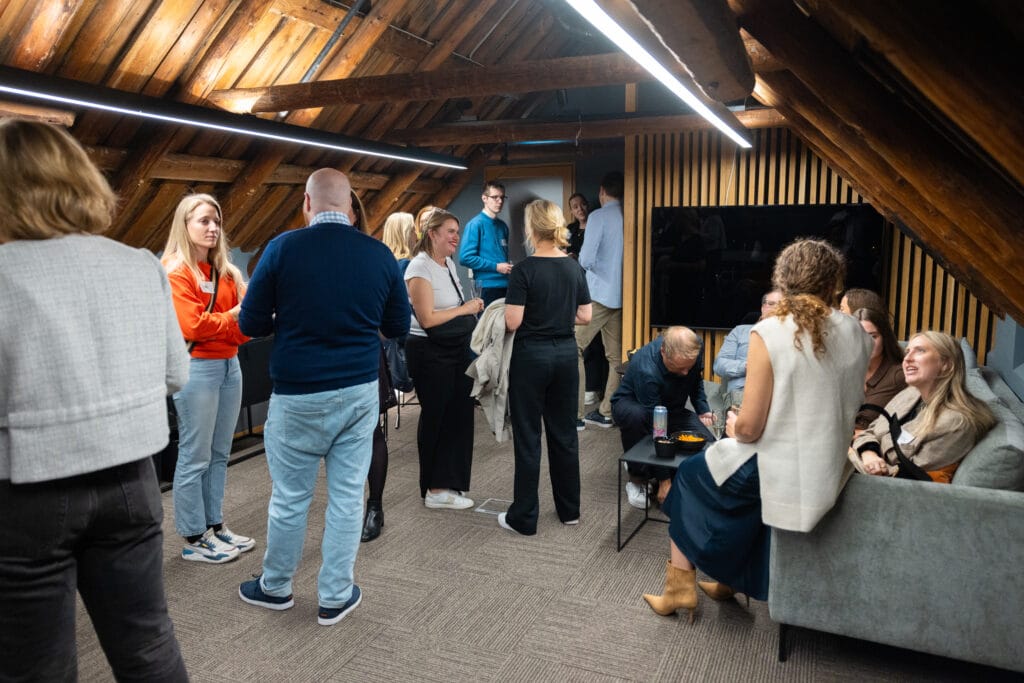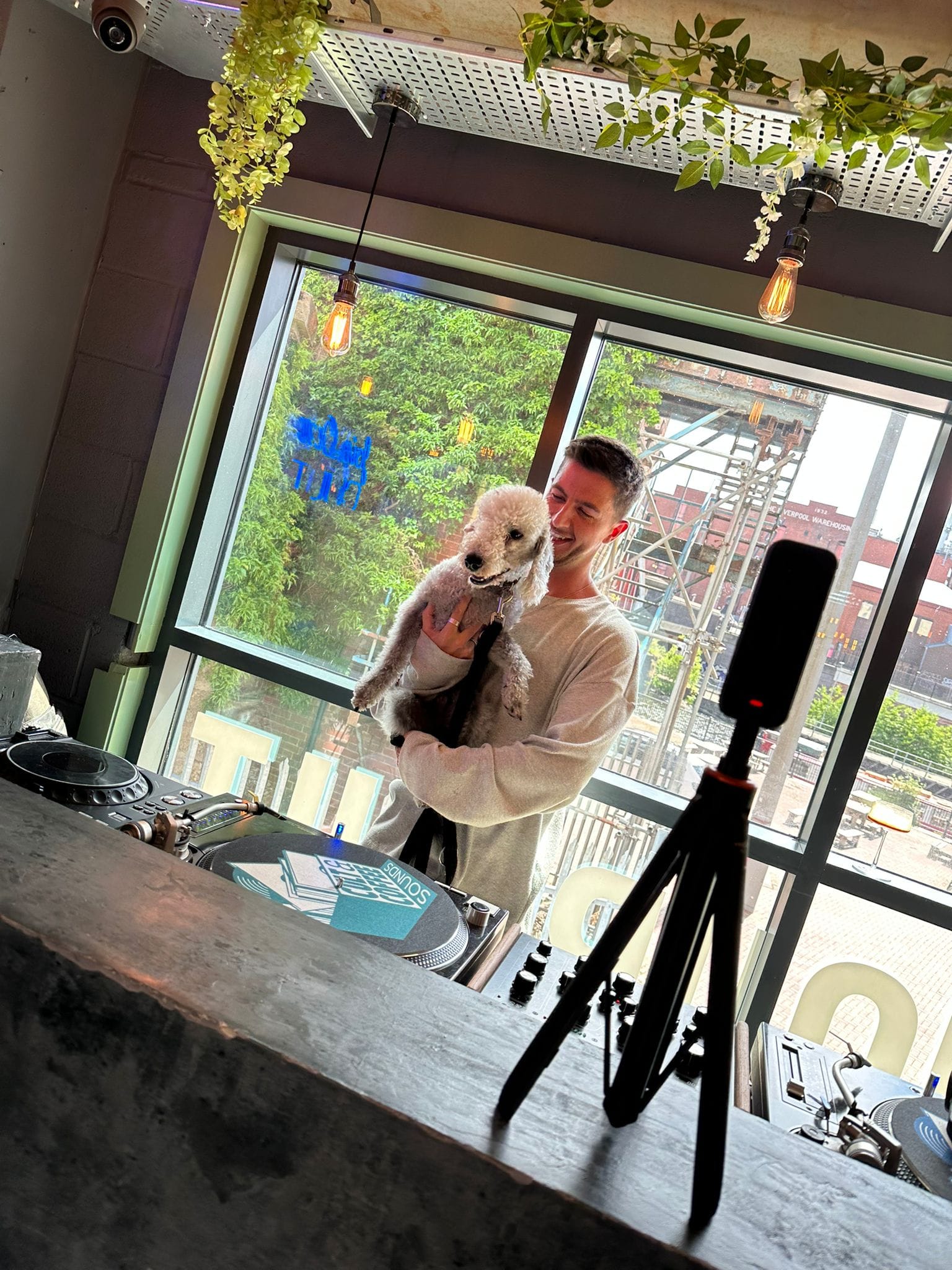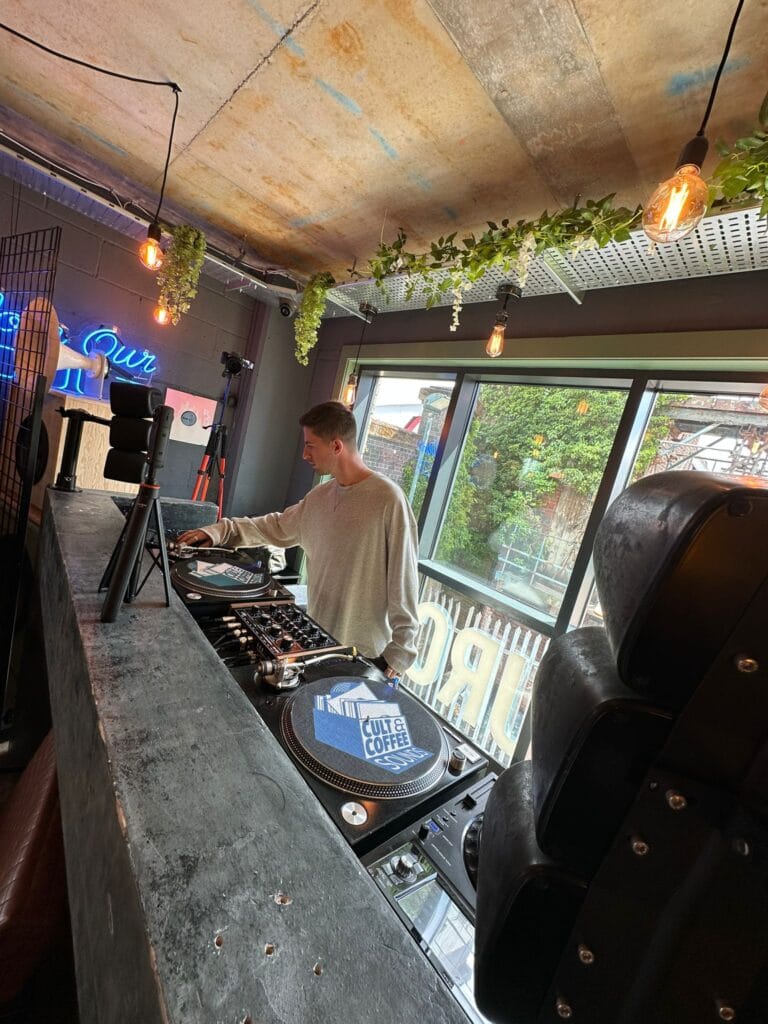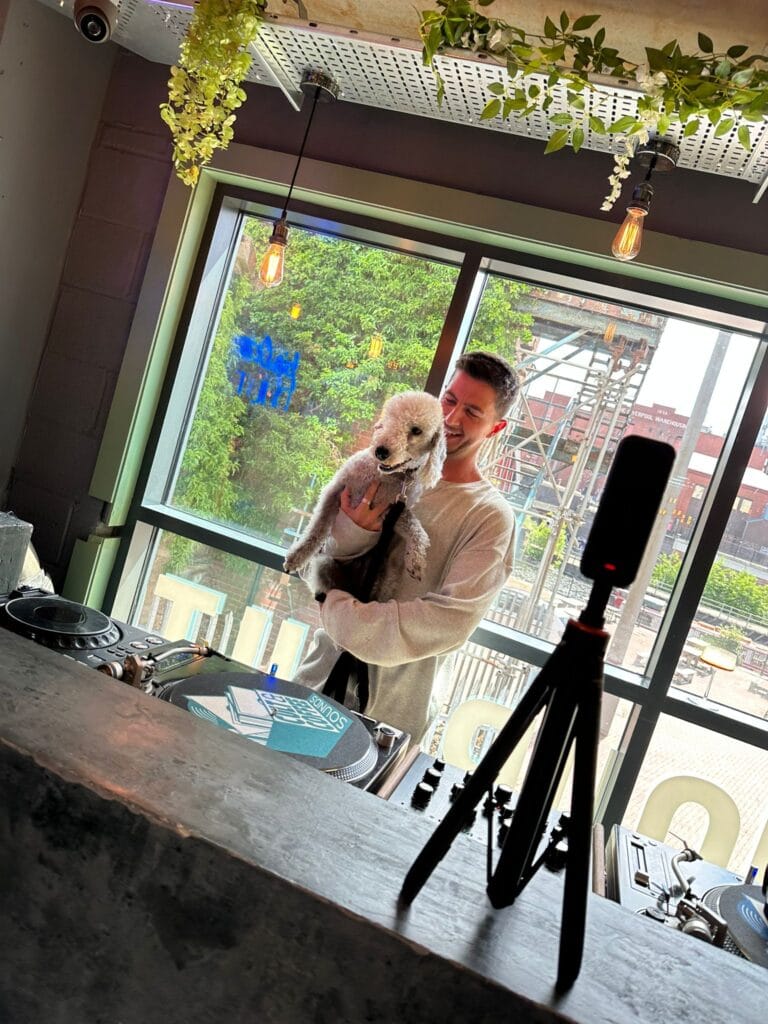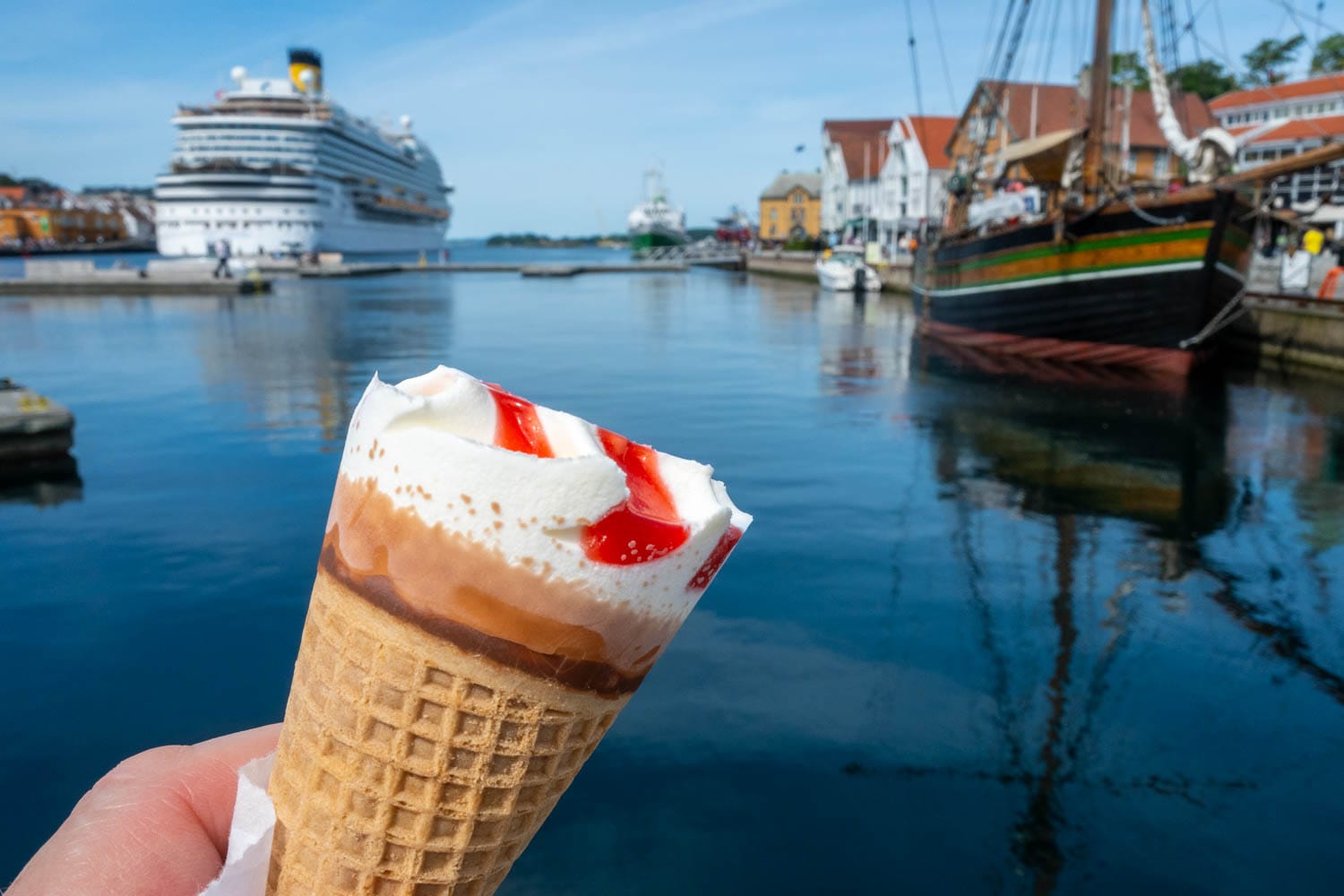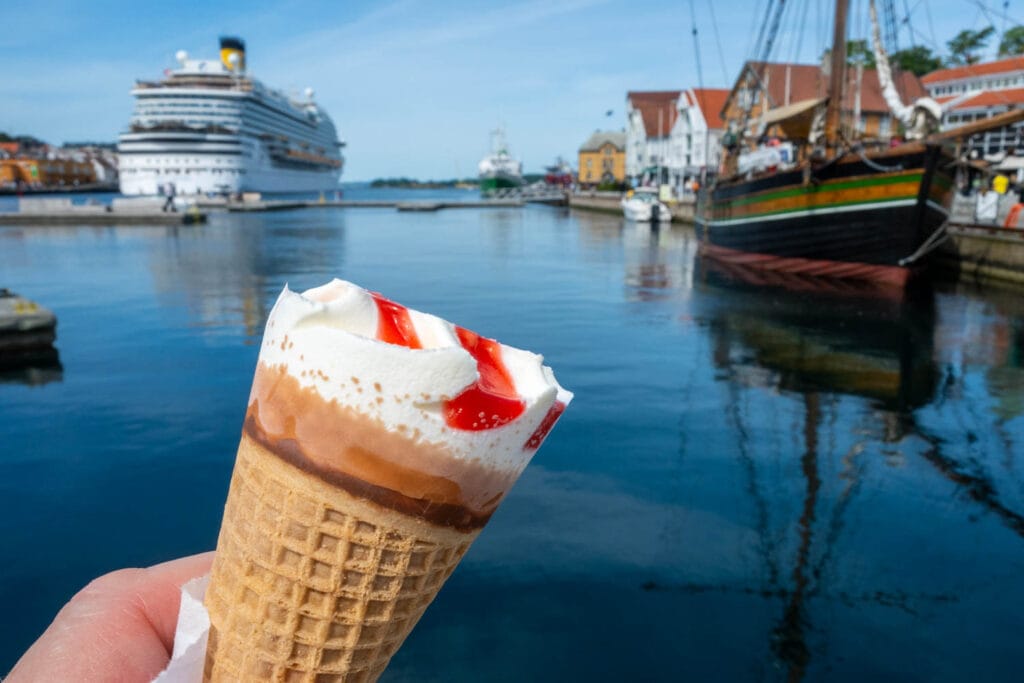If you’re an international company looking to enter Norway, visibility matters. But it needs to come through the right channels in a way that builds trust. In Norway, earned media still carries significant weight. It remains one of the most effective ways to establish credibility with investors, local partners, and future employees.
So how do you get covered by a respected outlet like Dagens Næringsliv, Teknisk Ukeblad, Aftenposten or a regional newspaper? And does this kind of media coverage matter?
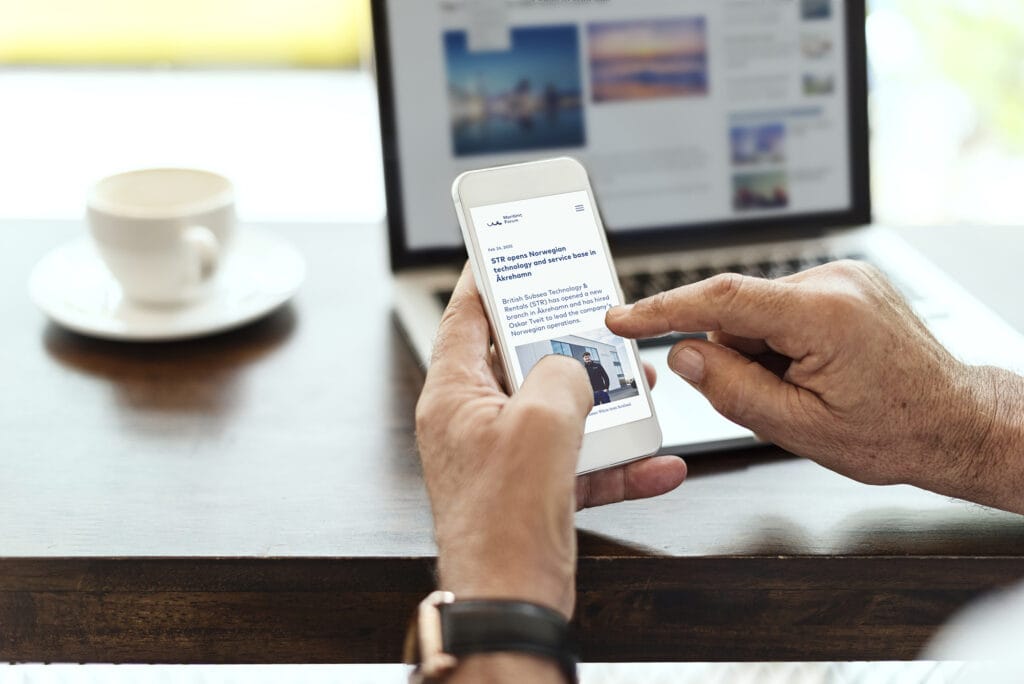
Norwegians Still Read Traditional Media Outlets
Norway has one of the highest rates of news readership in the world. In 2024, 58 percent of the population read online newspapers. Among university-educated Norwegians, 80 percent follow the news daily, and 90 percent weekly.
And they are not just reading passively. Forty percent pay for online news subscriptions, placing Norway at the top of 47 countries surveyed by Reuters. Trust in media also remains high with 55 percent of Norwegians saying they generally trust what they read[1].
Positive media coverage therefore offers a unique opportunity to increase awareness and trust for your company. If you have something meaningful to say, your audience is listening.

A Different Kind of Storytelling
What often earns media attention in the UK or US, like grand announcements, bold personalities, headline-chasing angles, may go unreported in Norway. Norwegian media tends to prioritise stories that have local or national relevance. Public interest, economic impact, and policy alignment often take precedence over company promotion. Praise is measured and claims are examined carefully.
A recent BI study highlighted the subtle influence of Janteloven (the Law of Jante) in Norway and how it encourages media scrutiny on ventures that fall short, debt and failed projects. The Law of Jante is a social code that discourages individual success and standing out, promoting humility and conformity instead.
As a result, celebrating company successes are rare, unless the success positively affects the country or a local economy [2].
That doesn’t mean good news is ignored. But for your company to be featured, your story must offer something concrete. Norwegian journalists look for clear connections to the local economy, jobs, technological innovation, or the energy transition. A press release on its own won’t be enough. So, think about how you can build out the story to include interview opportunities, provide data to back up the story. Of course, good imagery also helps.
What Makes News, and What Doesn’t
Media interest tends to grow when your story includes investment in local communities, knowledge-sharing partnerships, or demonstrable benefits for Norway’s energy ecosystem. Journalists appreciate transparency around risks and outcomes, realistic projections, and a tone that avoids hype.
An example is when we collaborated with UK based BIG Partnership to manage local media activation for their client STR, announcing the opening of their new Norwegian facility. The result was a well-rounded media footprint that delivered exactly what STR needed: visibility in key outlets that matter to their industry and community. Coverage was secured in Energi24, Maritimt Forum, Haugesund Avis, and Radio Haugalandet, offering a blend of trade credibility and local resonance.
This media activation shows that when the framing is clear and the relevance is strong, international companies can gain meaningful visibility in Norwegian news outlets.
Want to Be Featured in Norwegian Media?
At Project Neon, we can help you tell your story in a way that fits the Norwegian context. We work closely with international companies to clarify their message, identify relevant outlets, and shape stories that speak to Norwegian values and priorities.
We guide you on tone, timing, and approach. We help you focus on what matters to local readers, from innovation and job creation to long-term contributions to the sector you operate in.
We are based in Norway, but our experience is global. We understand the expectations of both international executives and Norwegian journalists, and we know how to bridge that gap. Done right, media coverage can do more than raise your profile. It can open doors to new partnerships, signal long-term commitment, and build trust with the people holding the power to shape your current or future investment in Norway.
That’s what we help can you achieve. Not with spin, but with real stories that resonate.

[1] https://www.ssb.no/kultur-og-fritid/tids-og-mediebruk/artikler/norsk-mediebarometer-2024
[2] https://www.bi.no/forskning/business-review/articles/2022/01/skal-vi-fa-mange-suksessfulle-grundere-ma-det-bli-kult-a-feile-ogsa/

